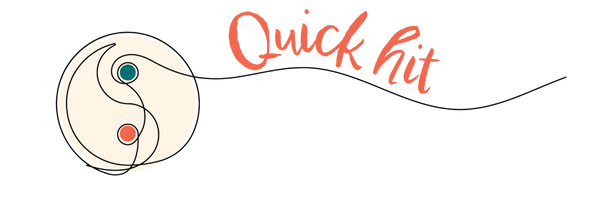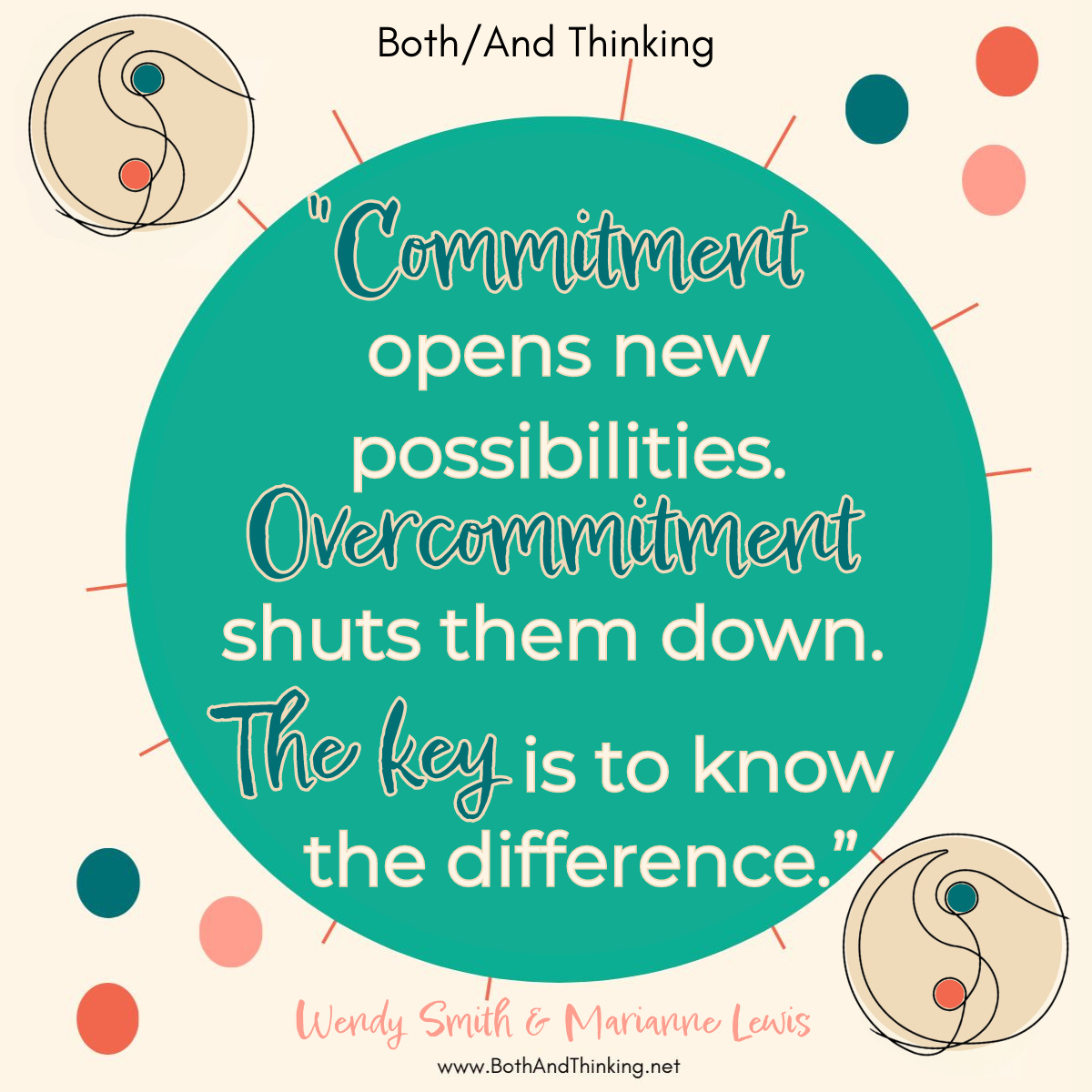I (Wendy) could feel an elephant-sized fight about to erupt with my husband. The topic: screen time. This was not the first time we had had this discussion. Nor would it be the last. I was super busy. I stopped my work for a moment, went upstairs to check on my kids, and found my youngest son vegged out in front of his computer. My deepest fears started to bubble up. “I am the worst parent,” I told myself. Then, because I didn’t really want to call myself a terrible parent, I did what any unreasonable partner would do - I blamed my husband. If it wasn’t my fault, then I’d figure out some reason that it must be his.
“We need him off screens,” I told my husband. I believe this was the principled position; and one that I took many times before.
“And which one of us is going to monitor that?” he responded. His pragmatic stance would only trigger me to double down on principle.
My husband and I can both be rather competitive people, so when we each take a stand, we can really be committed to our positions. Dukes up!*
Photo Credit Will Berkowitz
Commitment is often a good thing. Lots of great benefits happen when leaders commit to a clear strategy or when people clarify and stick with their values, principles and goals. Building skills takes perseverance and grit. Malcolm Gladwell tried to quantify that commitment when he named the 10,000 hour rule, the number of hours of practice needed to build expertise (though later Gladwell clarified that this just actually meant ‘a lot’ of hours).. Captivated by that idea, singers Justin Bieber and Dan+Shay wrote 10,000 Hours - a chart-topping song about committing to a loved one.
Yet the superpower of commitment can easily become kryptonite. Leaders often double down on outdated strategies. People can remain in dead end jobs, or stick with bad decisions, especially after investing time and money. Experts can become so committed to their craft that they don’t know how to do anything else. In the scenario above my (Wendy’s) husband and I quickly became committed to our point of view and stopped listening to one another.
We’ve been thinking about commitment a lot lately, particularly about how people stick - and get stuck - in strong points of view (stay tuned for future post on paradox and polarization!). Like the above scenario, we observe ourselves and others committed to values and principles - whether around parenting, organizational strategy, or politics. Clear views can be helpful, but stubbornly defending those views without listening to others can create, perpetuate and intensify problems.
In this newsletter, we offer some research-informed tools to enable the benefits of commitment, without falling into their traps. Let us know if these tools have helped you more effectively hold on to commitments without getting stuck or if you have others to share as well.
With multitudes,
* This passage is excerpted from our book Both/And Thinking. If you are curious about how we navigated the screen time debate, check out pages 101-106. Spoiler Alert… there’s a both/and ending to the story!
Feel free to link to this post on our social media LinkedIn, Instagram, Facebook, OR click below to share with others.
Simone Biles’ hyperfocus helped her become the most decorated female gymnast in history. It also caused her a mental breakdown.
How do we gain the upsides of commitment while avoiding the downsides? Here are some tools:
Stay flexible as long as possible before committing - My (Wendy’s) friend Will is a CEO who recently discovered an interest and talent drawing. One secret of drawing, he told me, is staying flexible as long as possible, before committing to the lines on the page. This approach also served him well in leadership. When he needs to make a big decision, he stays open to multiple perspectives and seeks out varying opinions and insights. The outcome is often more robust and complex. (PS - Will drew the above image - his son on a screen! Parenting screen time challenges remain universal!)
Identify alternative perspectives and approaches - Research shows that investing money, time and other resources into a decision fuels escalation of commitment. The more you put into a commitment, the more you will keep investing, digging a deeper and deeper ‘rabbit’s hole’. Thankfully, studies find that scanning for and learning about alternative options reduces our escalation tendencies. Investors let go of bad decisions and move on when they can see alternatives. Asking for, listening to, and valuing varying views fosters greater flexibility, while also aiding more connection and cooperation.
Zoom Out to see the bigger picture - Commitment invites us to zoom in, focusing and honing a specific approach, value or skills. Taking a broader perspective and seeing the bigger pictures, in contrast, helps us be more creative, explore new possibilities, even accommodate opposing views, preventing us from committing to only one approach.
Credit: @researchdoodles. Marissa Solomon Shandell
Want to learn more about the challenges, and opportunities of commitment Here are some of our recommendations. Feel free to leave us notes with other suggested reads, as we are always looking to learn more.
Grit - Angela Duckworth’s groundbreaking scholarship showed us how personal success depends on grit - “the tendency to sustain interest in and effort toward very long-term goals.”
Escalation of Commitment - Barry Staw initially introduced this concept in 1976. More recently, Dustin Sleesman and his colleagues have unpacked when and where we tend to escalate.
Construal-Level Theory - Yaacov Trope and Nira Liberman’s groundbreaking article highlights how zooming into concrete details or zooming out to abstractions impacts our decision making.
As always, we welcome your comments and reactions.
Keep an eye out for next month (second Sunday) as we introduce tools to support you, your teams, and your organizations as you continually build the capacity for both/and thinking.













